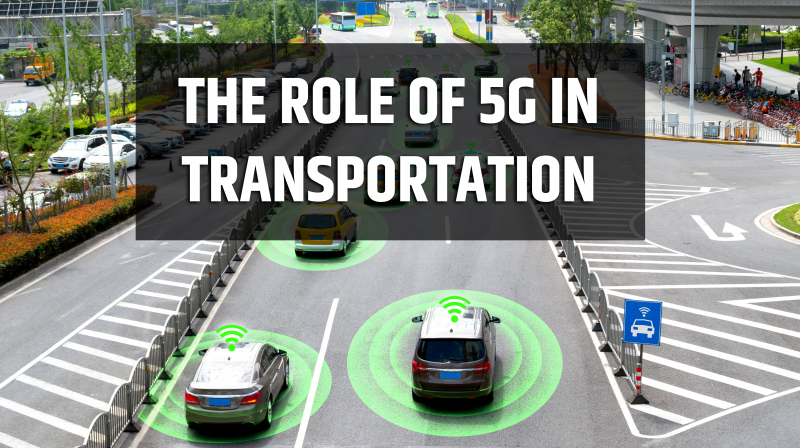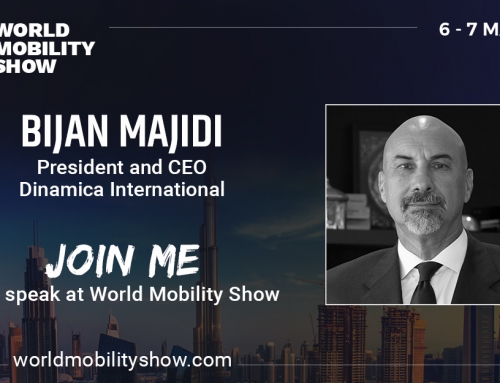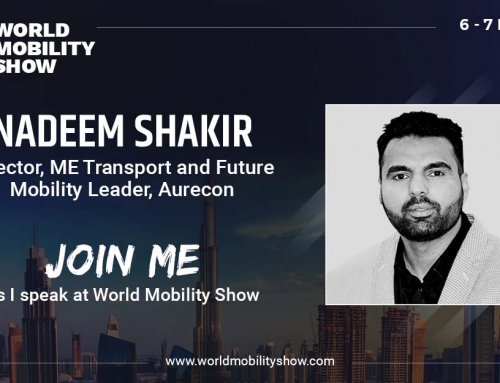The invention of the wheel in 3500 AD changed the way people traveled from one point to another. An invention great for mankind, mobility in the 21st century is now materialising to an entirely well-connected system that has the potential to merge domains such as telecommunication, in order to enhance its functioning. As vehicles become more connected and transportation becomes smarter, the Fifth Generation (5G) network is here with a promise to open new functional potentials for the mobility ecosystem.
According to a recent McKinsey survey, car buyers in recent years, look for better built-in internet connectivity features in the vehicle over other high prioritising components such as fuel efficiency and engine power. As customer preferences progressively improve and connectivity in mobility advances with V2V and V2X technologies, there can be seen a greater demand for a higher speed internet that can improve the integration of vehicles with other systems. As of 2015, the most upgraded autonomous car had only 17 sensors, a number that is set to increase to 30 sensors per car by 2030, further generating the need for a faster and stronger 5G connection.
In an experimental model of a slotting autonomous vehicle system that will cut 80% of the wait time in vehicles, the vehicles are connected to a common traffic management system through a strong internet connection. Developed by researchers from the Massachusetts Institute of Technology (MIT), this system will require a process that uses a network latency of 1 millisecond, much lower than the current latency rate of 50 milliseconds that is offered by the 4G networks, thus developing a growing need for 5G internet to make autonomous driving a reality.
In 2018, in the US alone, almost 41.8 Million people made use of the ride-sharing app Uber, a number that will only increase in the near future. If the world is looking at introducing driverless ride-sharing networks that require real-time traffic insights, route management information, pick-up and drop-off, payments, and an effective infotainment system to a name a few, then it is important that all the benefactors in this situation are connected to a high serving internet system so that the entire traveling process runs fluidly. And if it is an autonomous connected car, then the vehicle also needs to be well connected to its surroundings, again through a good 5G connection.
Furthermore, connected cars are designed to have the combined processing power of 20 personal computers, generating as much as 25GB of data per hour! In order to analyse and adopt this colossal amount of data to enhance user preferences, a strong cellular network is the need of the hour. Future mobility use cases that require a stronger internet connection will generate approximately 0.6 Exabyte of data by 2020 and by 2030, the data traffic in mobility is estimated to grow to almost 9.4 Exabyte every month, further highlighting the need for a greater bandwidth.
Consumer demand for on-the-go content is also volumetrically increasing with more enhanced forms of content such as augmented and virtual reality hitting the market. Consumers’ expectations for a hands-on experience is bound to catalyse a behaviour and mood based personalised content generation. To facilitate such a demand, a widespread adoption of a stronger internet system is required in order to satisfy customers’ on-the-go content demands; a solution aptly provided by 5G which is 100 times faster than the currently used 4G!
In addition to data handling and content provision, network security and mobility management will also require the fervent use of 5G technology. More so, blind spot monitoring, systems to manage speed and pedestrian warning, charging point locations as well as parking availability for these driverless connected cars, require cross-device integration and vehicle identity management, both which will rely on a high-speed and secure 5G mobility solution to create an interactive mobility ecosystem.
The underlying business opportunity is manifolds for both automobile industralists and telecommuters if 5G is introduced in the field of future mobility. The use of 5G mobile network along with the Internet of Things (IoT) will dawn a new era in this domain. According to the Internet Database Connector (IDC), close to 90 Billion endpoints will be connected to 5G by 2025, a sharp rise from the 4.1 Billion users in 2018! Thus, as more and more devices and vehicles connect themselves to the internet, the more amount of data will be exchanged back and forth. Hence, to overcome this data pressure, a strong and responsive 5G network needs to be established.







Leave A Comment